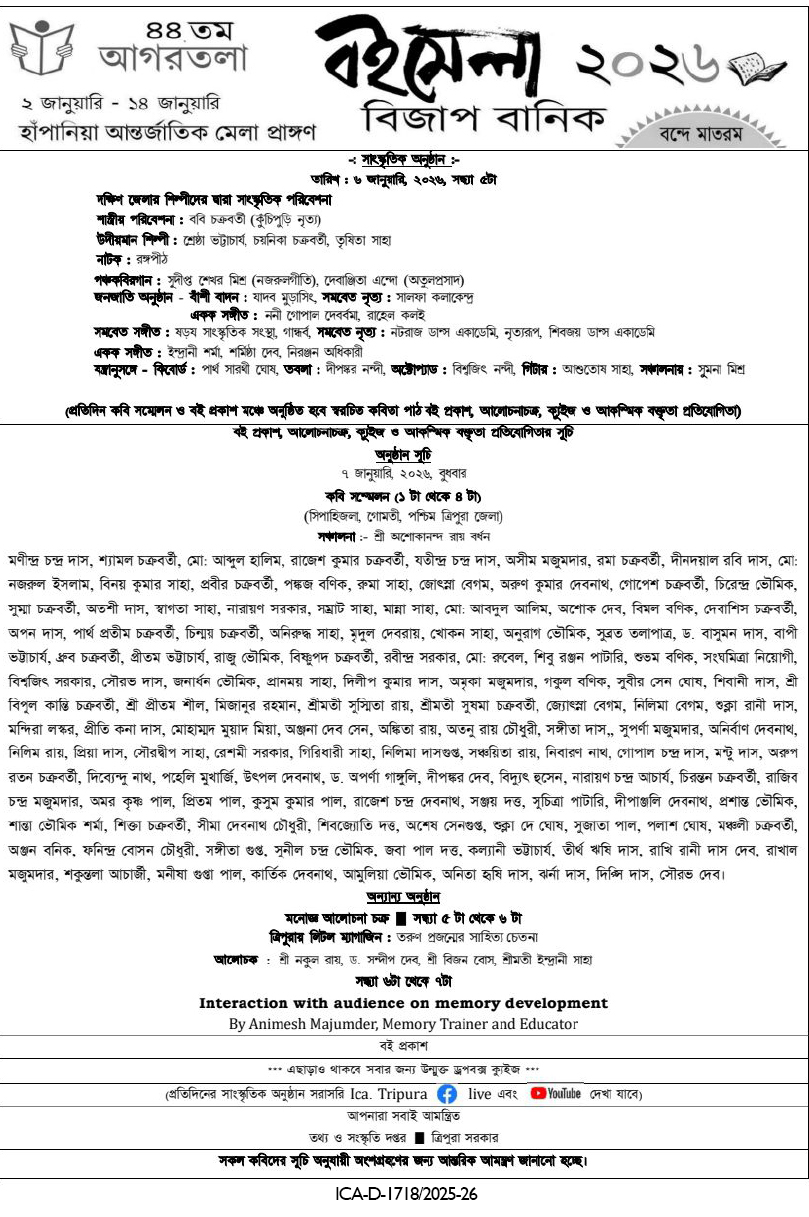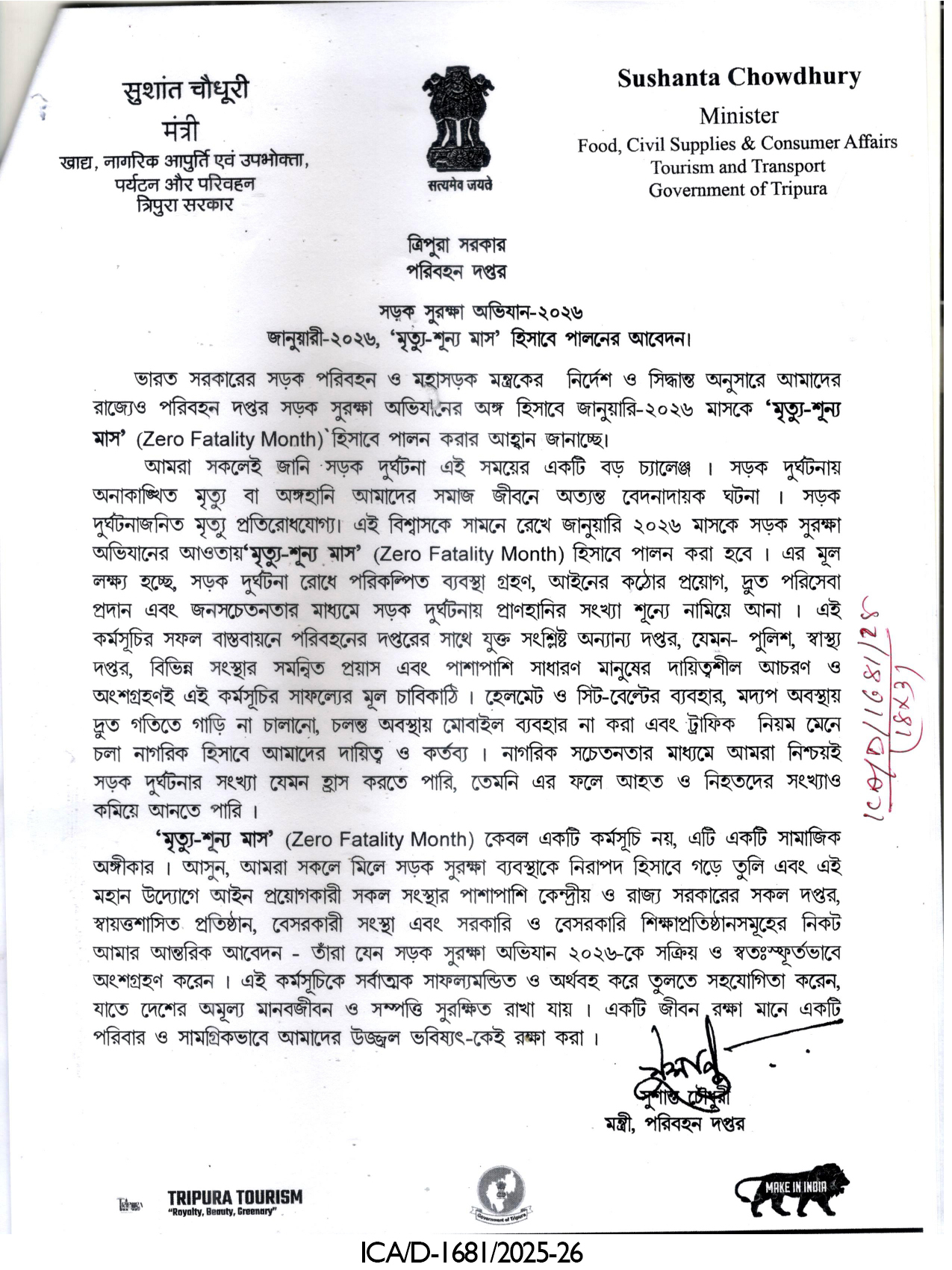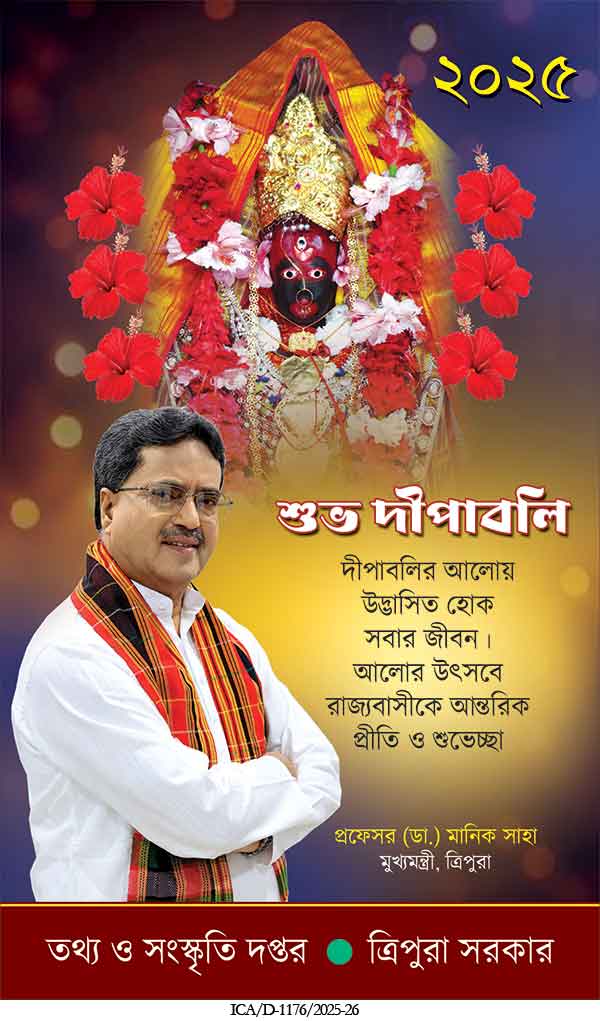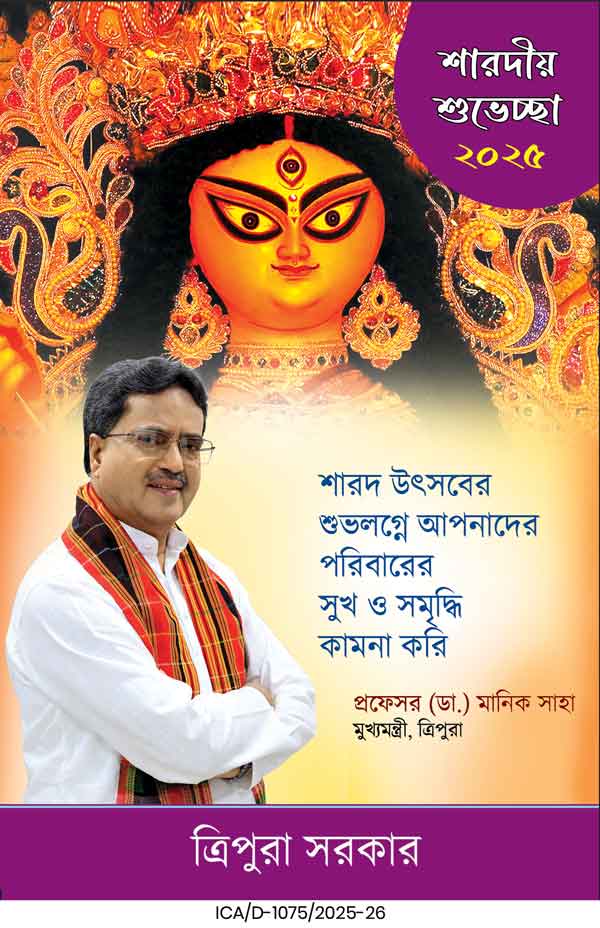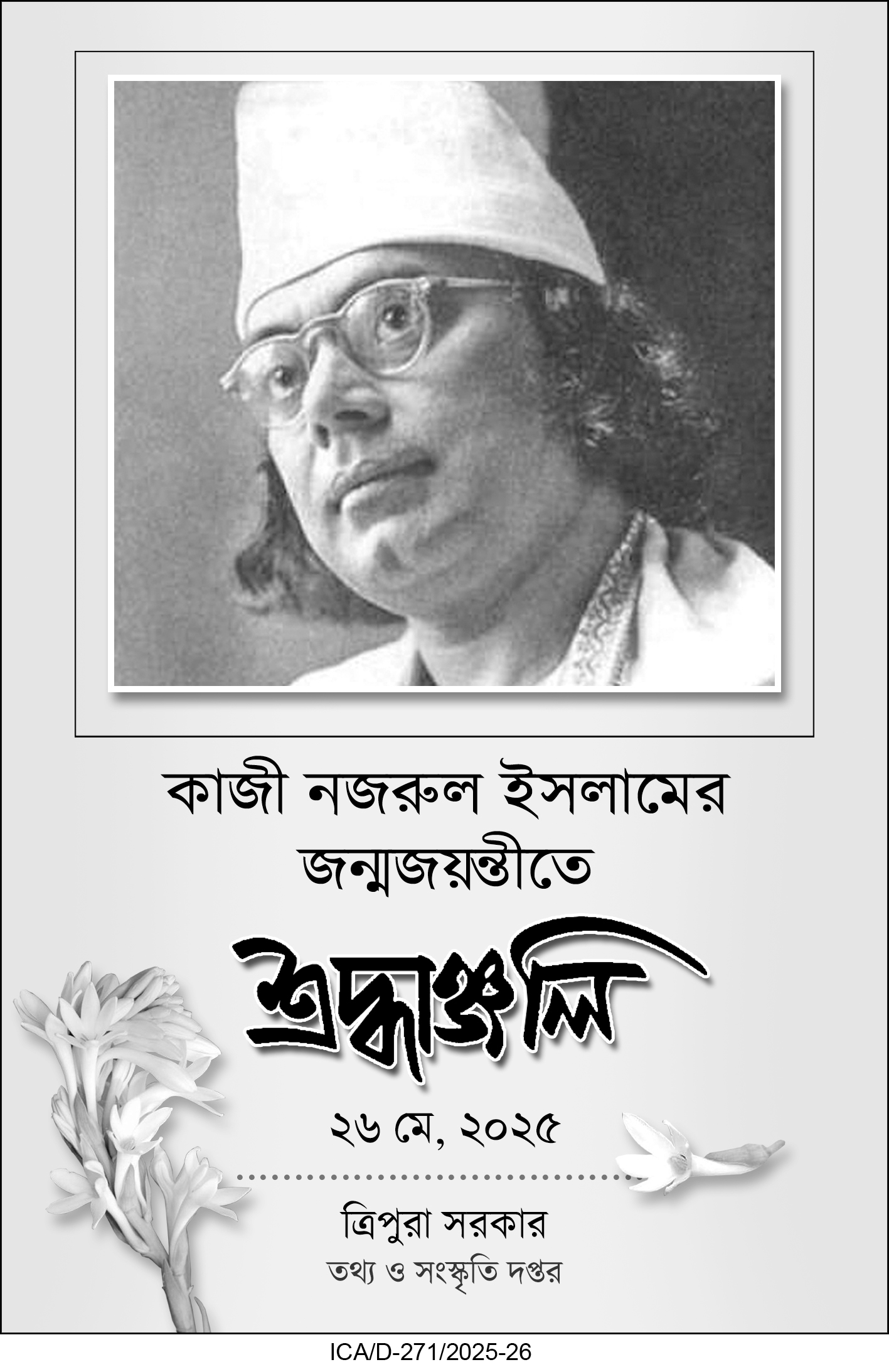The Election Commission of India will introduce colour photographs of candidates on EVM ballot papers, starting with the Bihar Assembly elections. The reform aims to enhance transparency, voter convenience, and clarity in identifying candidates during polling.
In a major step toward enhancing transparency and voter convenience, the Election Commission of India (ECI) has announced a significant reform in the design of Electronic Voting Machine (EVM) ballot papers. For the first time, colour photographs of candidates will be printed alongside their names and election symbols on the EVM ballot sheets. This measure will debut during the upcoming Bihar Assembly elections before being extended to other states and eventually to national elections.
According to a notification issued by the ECI on Wednesday, the initiative comes as part of the Commission’s broader electoral reforms aimed at improving the voter experience and strengthening confidence in the electoral process. The change falls under amended guidelines of Rule 49B of the Conduct of Elections Rules, 1961, ensuring legal backing for the new format.
Key Features of the New Ballot Paper Design
The redesigned ballot papers will prominently feature colour photographs of candidates, with their faces covering three-fourths of the image area for easier recognition by voters. To further improve legibility, candidates’ names will be printed in bold letters using a font size of 30, while serial numbers—including the “None of the Above” (NOTA) option—will be displayed in the international form of Indian numerals.
The ECI has also specified that ballot papers will be printed on 70 GSM paper, with distinct colour codes to differentiate elections. For example, in assembly elections, ballot papers will be pink in colour, using fixed RGB values to maintain uniformity across all constituencies.
Printing and Security Measures
The Commission has directed that ballot papers must be printed in government or semi-government presses. However, if such presses lack the required capacity, private presses may also be used, but only under strict security protocols to ensure the integrity of the printing process.
The detailed guidelines have already been circulated to District Election Officers, Returning Officers, and other election-related officials to ensure strict compliance.
Transparency, Clarity, and Voter Convenience
Explaining the rationale behind the change, ECI officials emphasized that the redesigned ballot papers are expected to enhance transparency, minimize confusion, and significantly improve the voting experience. By enlarging and displaying photographs in colour and boldening candidate names, the Commission hopes to make it easier for voters—including the elderly, first-time voters, and those with lower literacy levels—to identify their preferred candidates.
The move is also intended to reduce the possibility of errors during voting and to enhance public trust in the electoral system. According to the Commission, this reform is one of 28 initiatives introduced in the last six months to improve the electoral process across India.
Significance for Bihar Elections
The Bihar Assembly elections, scheduled in the coming weeks, will serve as the first testing ground for the new design. Bihar’s high-stakes polls, involving a vast electorate spread across rural and urban constituencies, provide an ideal opportunity to evaluate the impact of the reform before it is rolled out nationwide.
Election experts believe that the inclusion of candidate photographs will not only help in reducing voter confusion but also simplify the process of identifying candidates in a state where multiple parties and independent candidates often contest in large numbers.
A Step Toward Modernized Elections
The ECI’s decision reflects its commitment to using innovation to make elections more inclusive and accessible. Over the years, the Commission has steadily introduced reforms, such as Voter Verifiable Paper Audit Trail (VVPAT) machines, stricter monitoring of election expenditure, and greater use of technology in managing voter databases. The introduction of colour photographs on ballot papers adds to this trajectory of modernization.
| Also Read: Union Finance Minister Nirmala Sitharaman |
Officials also noted that the reform would particularly benefit marginalized sections of society, including those who may not be proficient in reading names or recognizing party symbols, but who can easily identify candidates through their photographs.
As the countdown begins for Bihar’s crucial elections, the reform underscores the Commission’s ongoing efforts to make voting simpler, clearer, and more transparent. If successful, this initiative is likely to become a permanent feature of elections across India.

